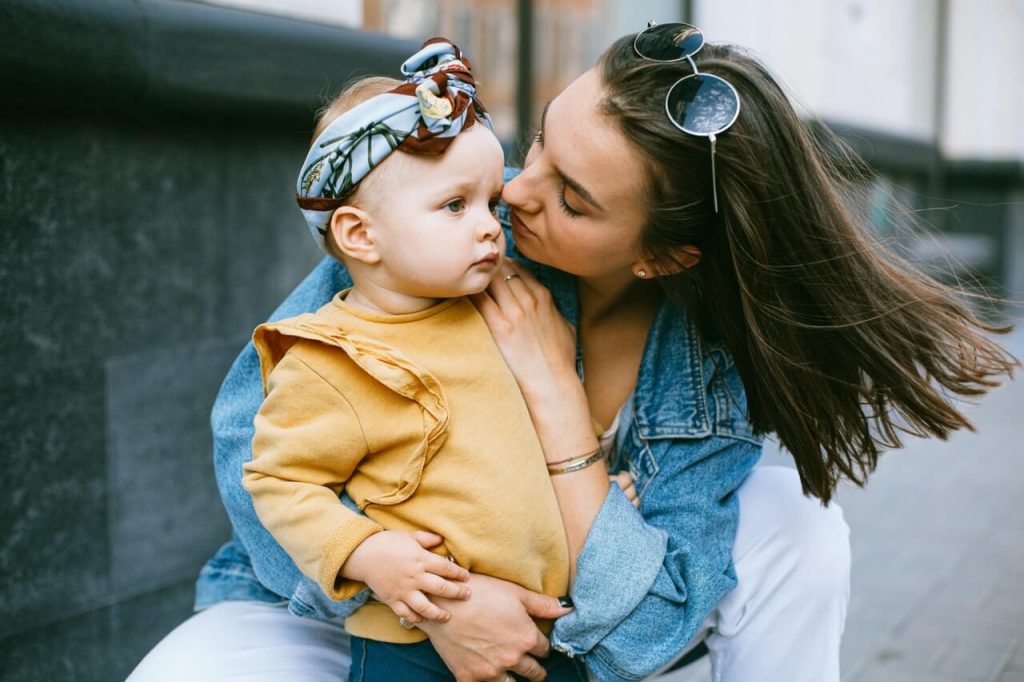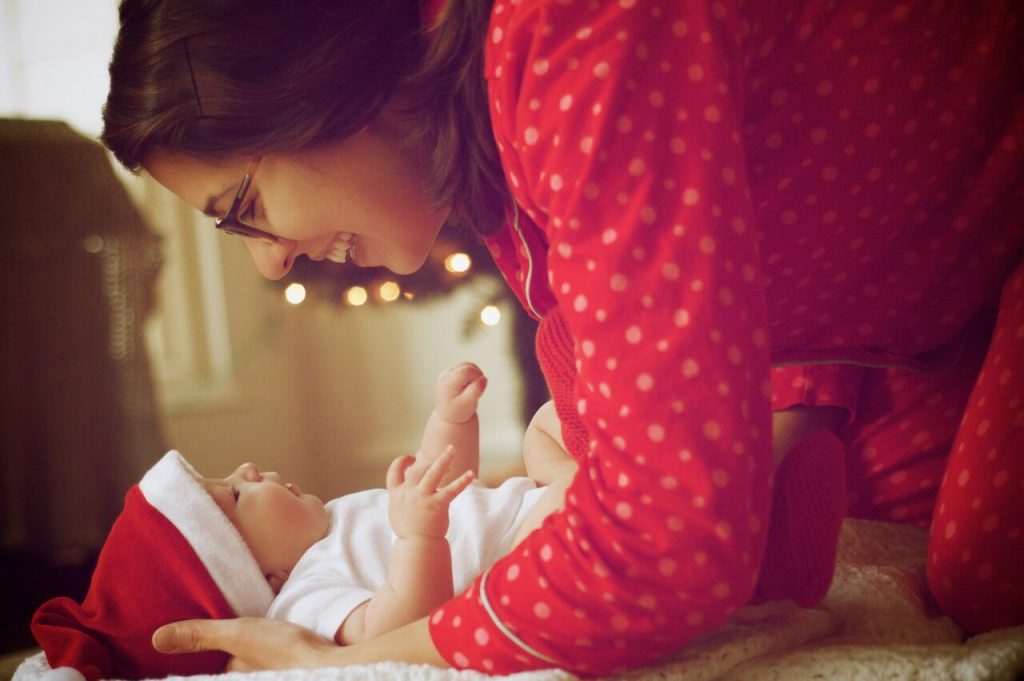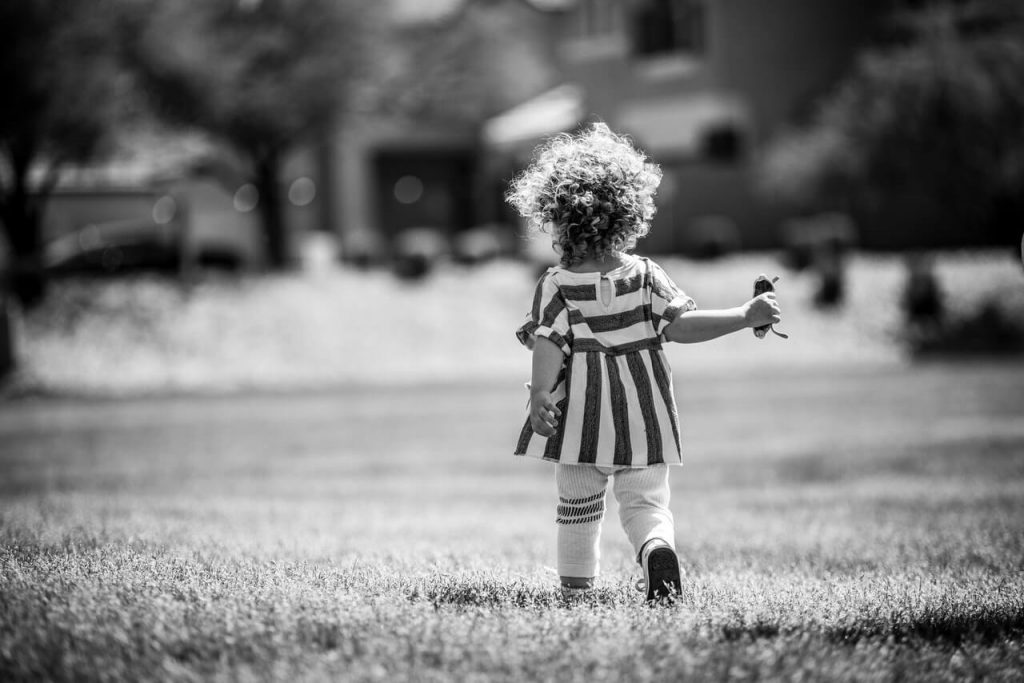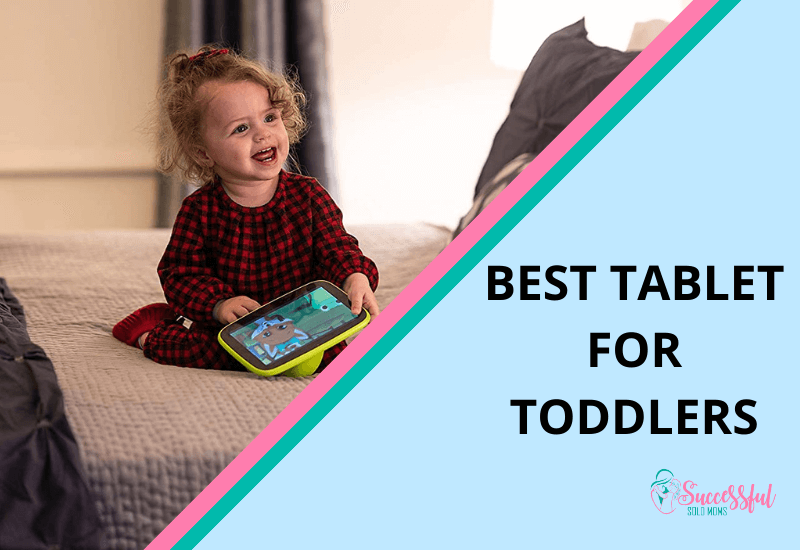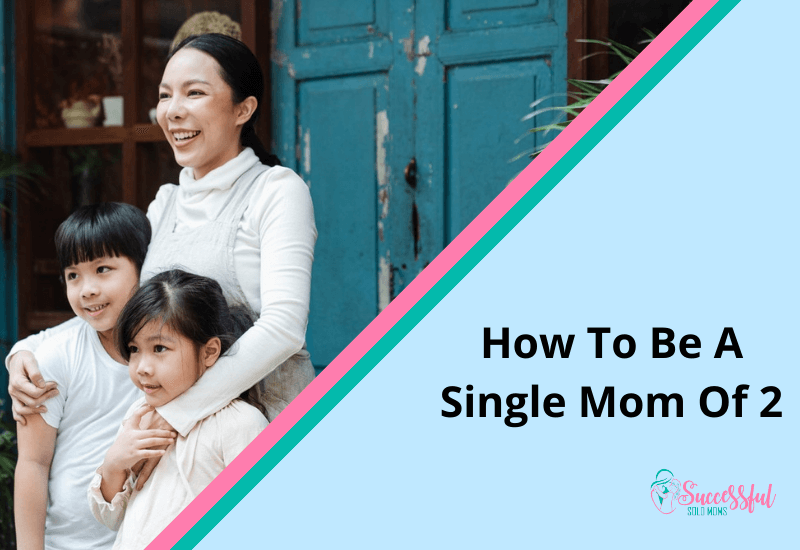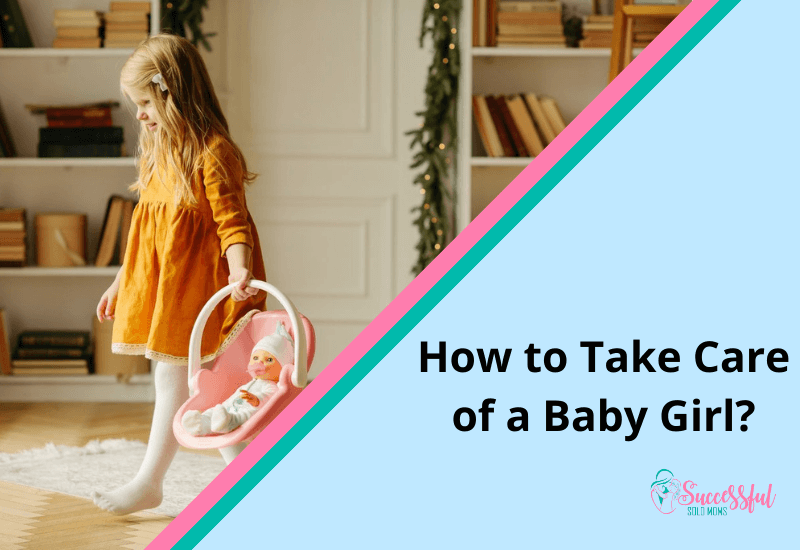
How To Take Care Of A Baby Girl
Having a baby is simultaneously the most terrifying and exciting thing that will ever happen to you. Finally, you get to bring your beautiful newborn baby home. That’s usually when the panic sets in.
Now what? You have so many questions, so many concerns. You want to do the absolute best for your baby, but if it’s your first child, you might feel too inexperienced. You might face challenges you hadn’t anticipated, and parenthood isn’t always roses and sunshine.
Let’s suppose you have a baby girl. You might have heard that there are differences between baby girls and baby boys, but how true is this? If there are differences, what are they?
There’s plenty of advice available for new mothers. Too much, in fact. Everyone feels entitled to voice their opinion on someone else’s baby but receiving torrents of sometimes conflicting advice might only make you feel more confused.
Don’t let the stress get to you. You can do it. First, let’s take a look at a few concerns that many people have about caring for their babies.
Taking Care of Newborn Baby Girls
Caring for newborn babies can be incredibly challenging. You need to learn fast, and there’s a lot of things you may not have been warned about.
For example, you may know that a baby’s head can have soft spots after birth, but did you know that a baby girl’s genitals may be very swollen for a week or two after birth?
This can be very upsetting and worrying for new parents, but it’s usually completely normal. This is because of your hormones, which are still passing through your baby.
You might also find various spots, rashes, and birthmarks on your newborn. Babies are prone to spots and rashes, so while this is mostly normal, you should keep an eye on these marks and your baby’s health.
The most common kind of birthmark is pink or red “V-shapes” on the baby’s head, eyelids, or neck. Again, this is normal and should fade in time. Newborns might also be born with various bumps and bruises due to the pressure of the actual birth.
For a new parent, any one of these symptoms might send a cold chill down your spine. It’s important to know what to expect in your newborn. It’s a good idea to find a few online medical articles about this before your baby is born.
Of course, if you’re concerned, you should speak to a doctor or midwife anyway. When it comes to your baby girl’s health, it’s definitely best to be safe than sorry.
Cleaning Your Baby Girl
You’ve probably approached parenthood, all prepared to change a messy nappy, but there are a few extra precautions you need to take when changing a baby girl.
Of course, it’s essential to keep your baby clean, whether it’s a little boy or girl. But with a baby girl, you will need to make sure you clean her genitals properly. There’s plenty of online medical advice about how to properly go about this.
If you don’t clean your baby girl properly or wipe from back to front (this means bacteria and mess might get into your baby’s genitals), you run the risk of your baby getting some kind of infection.
Sleeping
Getting your newborn to sleep can be another unique challenge. Again, there’s so much advice on how to get your baby to sleep; you might not know where to turn.
Some people swear that baby girls sleep worse than baby boys, while others claim it’s the other way around. Some parents use the “cry it out” method, where they let their baby “self-soothe” by crying unattended for a period before sleep. Other parents think this is cruel and claim that it doesn’t work.
The “cry it out” method isn’t recommended for infants under three months, by the way. Most new parents are striving to get back to normality after having had a baby, but it’s important to realize that a new baby will disrupt your life and your sleep schedule.
You know your baby best. When you’ve bonded with your baby girl, you’ll soon be able to tell the difference between a tired, fussy cry and a cry that indicates that your baby wants something (food, sleep, play, or something more serious).
For extra tips on how to get your baby to sleep, click the button below:
Lead by Example
Babies are like sponges; they absorb everything around them. From birth to the age of three, babies’ brains develop faster than at any other time in their life.
It means that your baby girl is definitely watching everything you do. Children copy their parents; this is a known fact. So perhaps it’s good to think about what your baby girl sees from you.
Be A Role Model
Life isn’t always easy for women. In fact, women often have a downright disadvantage. You might worry about the kind of life your baby girl will have when she grows up, but the best thing you can do for her is to set the right example.
Your baby girl adores you. She watches everything you do, which might explain why babies are so keen to get into their parent’s makeup bag and smear a tube of lipstick over themselves and their surroundings. While this might be funny or annoying, depending on what the lipstick’s been smeared on, but remember that some makeup contains toxic chemicals. It might be wise to put your makeup bag somewhere your baby girl can’t get at it!
If you buy new shoes, your baby girl is going to try and wear them. Dangly earrings? She’s absolutely going to try and pull them. If you get a haircut, keep a close eye on your baby girl because there’s a good chance she’ll try and cut her own hair, too.
But this also means that if your baby girl sees you wincing as you step on the scales, or pinching a roll of fat, she’ll absorb that information too. Give her a strong, positive example to follow.
Early Learning
It’s never too soon to start teaching your little one. Some parents read or play music to their baby in the womb, and most, if not all, parents read stories to their babies.
As mentioned earlier, babies are absorbing information faster than at any other time in their life. We never stop learning in our lifetimes, but from birth to three years old is the best period to start teaching. Children don’t begin learning when they go to school. They start learning from day one.
Teaching your baby might seem an intimidating task. It’s certainly different from teaching a class full of schoolchildren. Even if you’ve got a good school lined up for your baby girl, why not start setting a foundation right now?
For an easier video presentation:
Boys Vs. Girls
Some parents swear that there’s a difference between baby boys and baby girls. A mother with only two boys might somehow be adamant that baby boys are easier to deal with.
But what do the facts say?
Really, every baby is different, and so is every parent. Babies develop differently and learn differently, and that’s fine.
Here are some claims that parents have made about baby boys vs. baby girls – let’s look at the facts.
Toilet Training
There is some evidence to support the idea that baby girls learn to use the toilet properly before boys. About three months earlier, in fact. The average age for a girl to start toilet training is about 22-30 months. It doesn’t mean you can’t try earlier with your children. As we said earlier, every child is different, and these are average statistics.
Talking
Most babies start talking in the first half of the second year, but baby girls often do start talking about a month before baby boys, on average. Baby girls’ vocabularies also grow more quickly.
However, there’s a lot of factors to be taken into account here. Babies learn to talk by listening. It means that baby’s environment and exposure to language are the key factors in how quickly a baby develops verbal skills. Gender may only play a very small part, if at all.
The takeaway point here is that you should talk and read to your baby as much as you can, regardless of gender.
Walking
There’s little to no difference in how quickly baby boys and girls start walking. Both genders start at the same time, but parental expectations may well play a part. Parents tend to expect more physical development from their boys than girls.
Toy Preference
Babies’ toys are often unnecessarily and hilariously gendered. Really, babies don’t differentiate between “girl” and “boy” toys.
Some parents claim that baby boys like trucks and cars and baby girls like pink things and dolls, but is that the baby’s preference, or is it because that’s the only kind of toy they’ve been provided with?
Again, babies are all individuals, and as they grow, they’ll find their own preferences. But why not give your baby a variety of toys to play with, and see what they choose for themselves?
Conclusion
Parenting is hard, and there’s no instruction manual. The key elements are love and attention. Love your baby girl or boy and give them all the love you can. Then everything else will fall into place.


